Intro to Electronic Components
1/37
There's no tags or description
Looks like no tags are added yet.
Name | Mastery | Learn | Test | Matching | Spaced |
|---|
No study sessions yet.
38 Terms
Capacitors
have the ability to store and discharge electrical potential energy and electrical charge
CAN bus
Communication protocol without the need for a host computer. Multiple devices share a twisted two wire bus. Designed for automotive technology.
I2C protocol
Uses two wires (SDA & SCL) with a master-slave architecture. Widely used for short distance communication.
Serial Communication
refers to the process of sending data one bit at a time over a communication channel or bus
Clock Signal
Oscillates between a high and a low state and is utilized like a metronome to coordinate how and when part of a circuits act.
Aspects of Clock Signal: Oscillating Signal
Alternates between a high state and a low state providing regular fluctuation.
Aspects of Clock Signal: Clock Cycle
The time of transitioning from a low state to a high state and then back to a low state. Determines the speed of the system.
Aspects of Clock Signal: Frequency
Determines how many cycles occur per second. Measure in hertz.
Aspects of Clock Signal: Duty Cycle
The ratio of time when signal is high to the total time of the cycle. 50% duty cycle means the signal is high for half the cycle and low for the other half.
Aspects of Clock Signal: Phase
The position of the clock's waveform in respect to other signals of clocks.
Transformers
A device that increases or decreases the voltage of alternating current. Used for long distance circuit distribution.
Conductors
materials that allow electric charges to flow through them easily. Passes out electrons.
UART (universal asynchronous receiver/transmitter)
Used for serial data transmission
No clock signal
Data is sent one bit at a time with start and stop bits
Used for microcontrollers, computers, and peripherals over short distances
Bluetooth
Uses radio waves in the 2.4 GHz frequency range
Master-Slave Model
Data is then transmitted in small packets
WIFI
Operates on the 2.4 GHz and 5 GHz frequency bands to connect to a local area network (LAN) without physical cables.
A router, connected to the internet, transmits signals to devices within its range.
ESP-NOW
Low-power, wireless communication protocol developed for ESP32 and ESP8266 devices.
Ideal for low-bandwidth applications
Communicates quickly and efficiently over short distances.
LoRa
Wireless communication technology designed for long-distance, low-power data transmission
Part of the LoRaWAN protocol for larger, decentralized IoT networks
VESC Architecture
Open-source platform designed for controlling electric motors
Enables advanced features like field-oriented control (FOC), regenerative braking, customizable control algorithms, and data logging.
For brushless DC (BLDC) motors.
BDLC Motors
An electric motor that operates without brushes
Higher efficiency, reliability, and longer lifespan compared to brushed motors, as they produce less friction and heat.
FOC Motor
Particularly AC motors and brushless DC motors (BLDC)
Regulates the motor's magnetic field in real time
Convers the motor's stator currents into a rotating reference frame and controlling them independently to optimize motor performance
HFI Motor
High-frequency signal is injected into the motor windings to detect the rotor's position and estimate its magnetic field.
Useful in low-speed or standstill conditions
Enables precise torque control without the need for physical sensors
Battery Charging Curves
relationship between the battery's charge level (typically in terms of voltage, current, or state of charge) and time during the charging process.
curves vary depending on the battery chemistry (e.g., lithium-ion, lead-acid) and the charging method
Three stages are Constant Current, Constant Voltage, and Tapering Phase.
Battery Chemistry Types
Lithium Ion - high energy density but sensitive to overcharging.
Lead-Acid - Heavier but shorter lifespan, sometimes requires regular maintenance.
Nickel Cadmium - Long life cycle but toxic
Battery Management Systems
monitors and controls the performance of a rechargeable battery pack to ensure safe and efficient operation
crucial role in extending the lifespan, maintaining the health, and ensuring the safety of batteries
RC Circuits
Consists of a resistor and capacitors
filter signals, store energy, and create timing functions in electronic devices
RL Circuits
Consists of a resistor and inductor
These circuits are used to analyze and control the behavior of currents and voltages in systems involving inductance
RLC Circuits
Consists of a resistor, inductor, and capacitor.
create resonance at a particular frequency
commonly used in filters, tuners, and oscillators, where they can pass, block, or resonate at specific frequencies based on the values of R, L, and C.
EasyEDA
a web-based tool for designing schematics and printed circuit boards (PCBs)
It supports a wide range of components, offers real-time collaboration, and can generate files for manufacturing PCBs
KiCad
supports complex designs, including high-density PCBs and multi-sheet schematics. KiCad also provides tools for 3D visualization and electrical rule checking
vias
circuit board designs are small holes drilled through a printed circuit board (PCB) to connect different layers of the board electrically
trace widths
width of the conductive paths (traces) that carry electrical signals between components on a PCB
influenced by factors like signal integrity, resistance, and space constraints on the board
ESP Microcontroller
Easy IoT intergration and affordable
High power usage, has fewer input and output pins
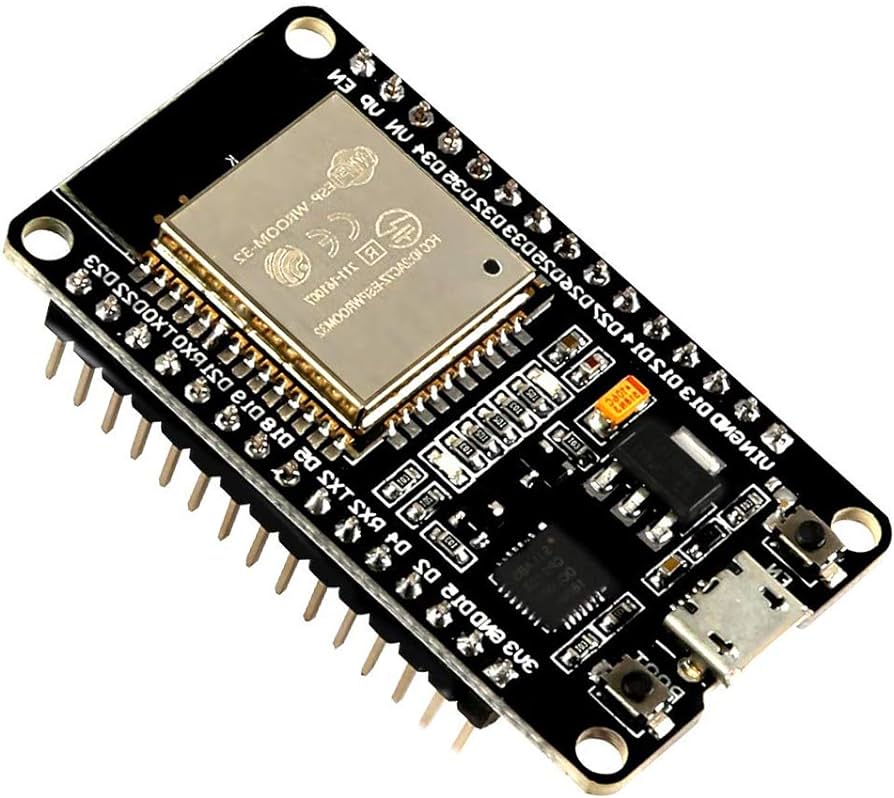
STM Microcontroller
Wide range of microcontroller options of this type, low power consumption
More expensive and complex to learn
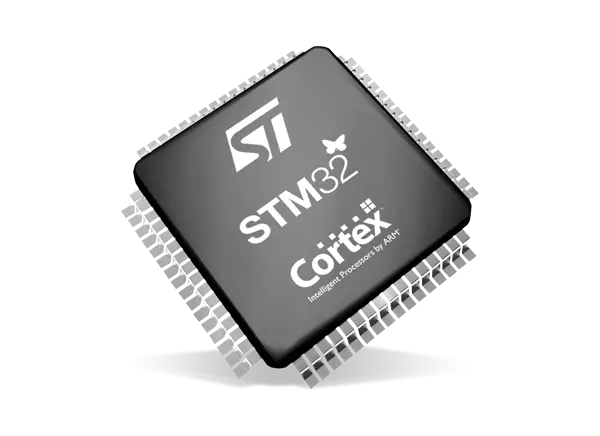
nRF Microcontroller
built in low power bluetooth, lower power consumption.
limited input and output pins, development complexity
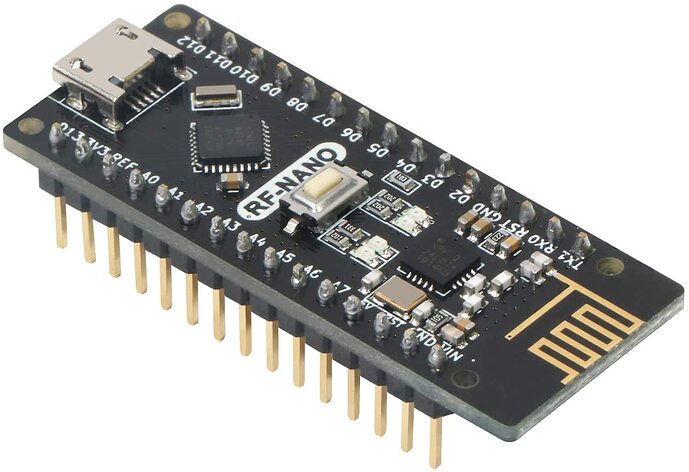
ARM Microcontroller
Wide ecosystem with development tool and libraries
More expensive and high power consumption
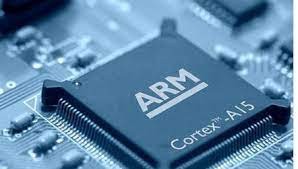
RISC-V Microcontrollers
Scalability and therefore used on a wide range of applications
Performance is variable
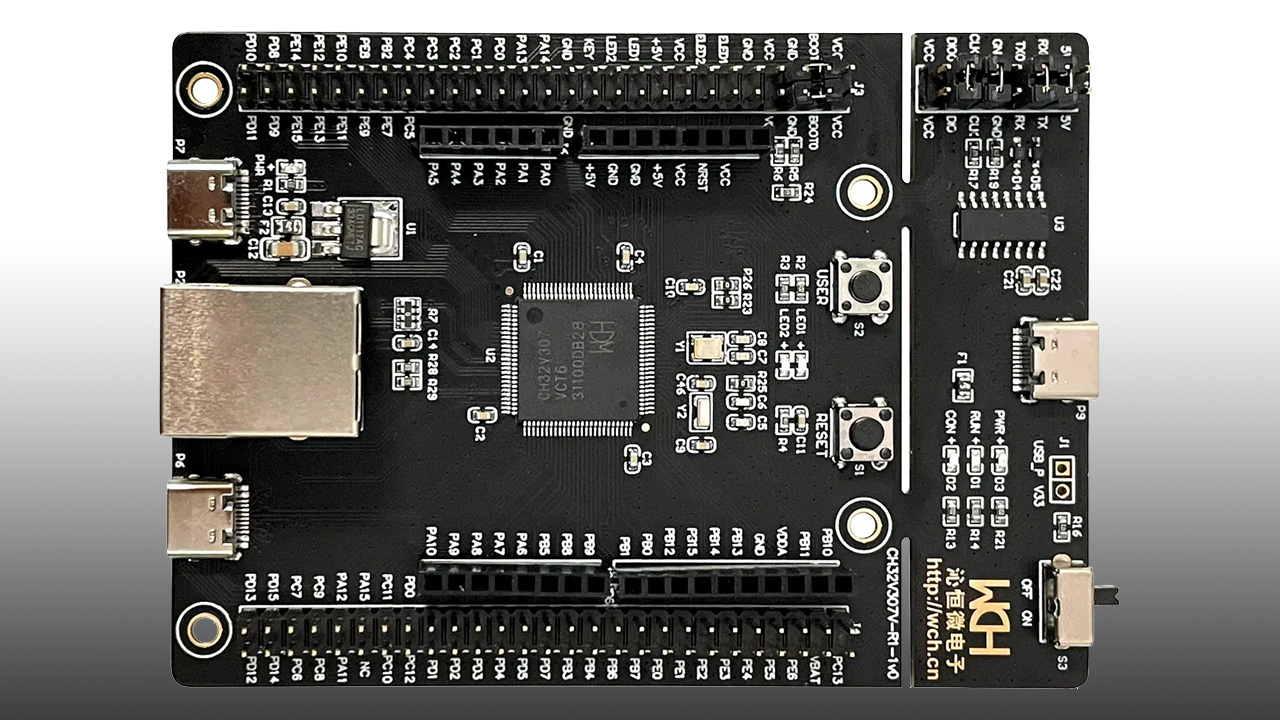
Transfer functions in terms of System Dynamics Theory and Control Systems Theory
relationship between the input and output of a linear time-invariant (LTI) system in the frequency domain
H(s)=X(s)Y(s)
Damping Behavior in terms of System Dynamics Theory and Control Systems Theory
how a system responds to disturbances or changes over time, particularly in relation to oscillations.
Damping describes the reduction of oscillations in a system's response to an input or disturbance.
It is a critical factor in determining the stability and performance of dynamic systems.